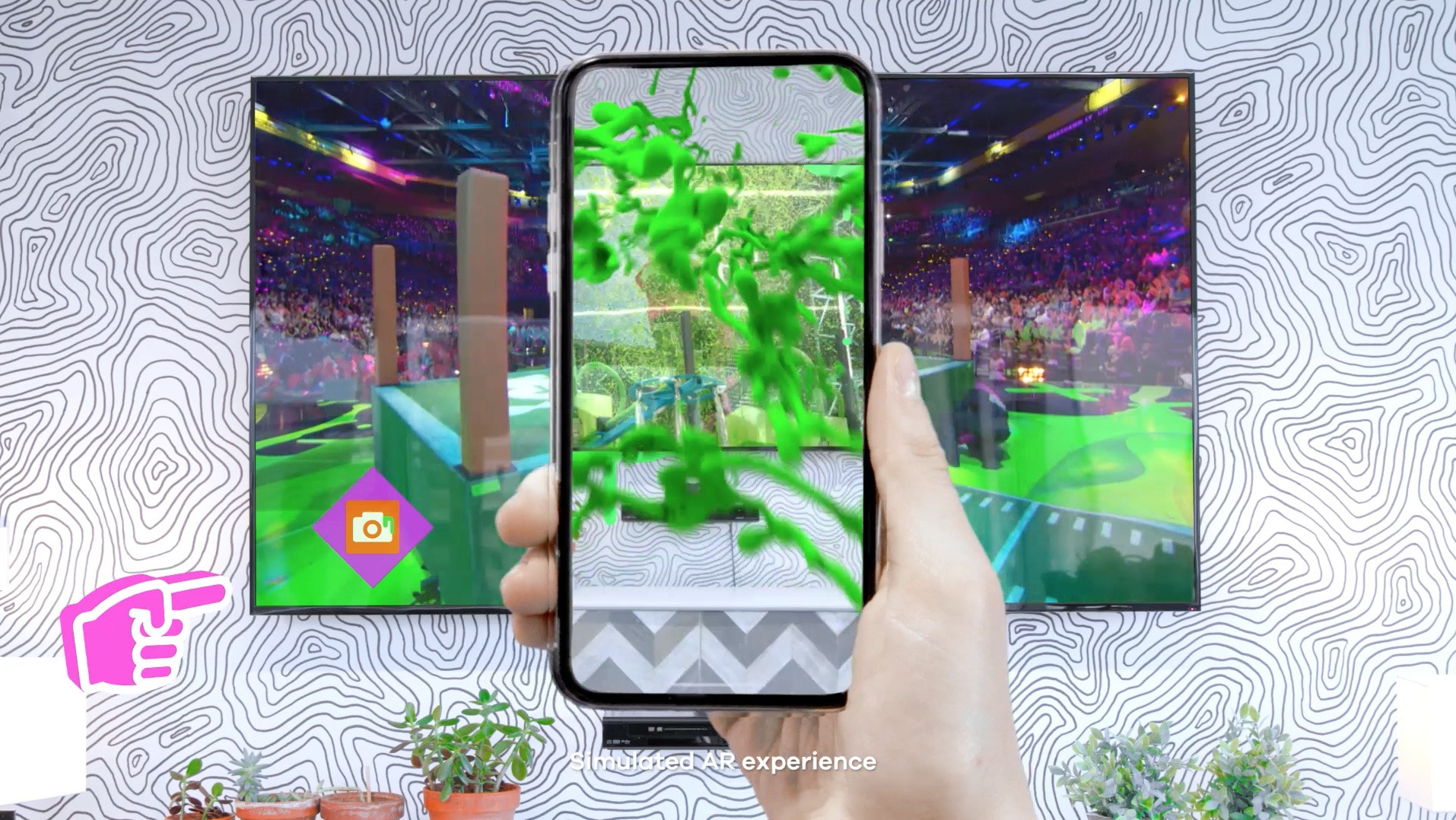
Pre-Production Process for Animated Short ‘Marnie & The Meerkat’
“Pick any animal and pitch me a project,” teased a Pixar writer over Zoom. And Marnie and the Meerkat was born. The story mirrored the isolation and creative insecurity fatiguing a marketing technology executive-turned-filmmaker who fatefully launched a production company in the middle of a pandemic (um, that weary soul was me). But also invigorated a sense of childhood wonder – can we really develop an animated short?
The answer is yes, but, in the years since, we’ve learned that the pre-production process for animation is very different from live action.
Pre-production establishes the overall vision of the project and sets the tone for the animation. It also helps the animators to understand what is expected of them and what they need to achieve. The creative team, including the writer, directors, storyboard artists, and concept artists, come together to work out how the story will look and feel before the animation begins. In this way, pre-production maps out the storyboard, establishes visual themes, defines the characters, and sets the mood of the movie.
With live action, story edits often result in a new draft of the screenplay, but with animation, it involves frequent storyboard changes and animatic development to test the visual storytelling. This iterative process can be intense and lengthen the time to finalize a project.
But these steps can identify any problems in the animation process. The team can see what is working and what requires more attention. Animators can then adjust aspects of the animation before the actual work of animation begins, thus saving resources overall.
Here’s an overview of our pre-production for Marnie and the Meerkat (so far):
Idea and Conceptualization
We had a concept – a meerkat runt escapes the Portland Zoo and befriends a bullied little girl who recently moved to town. Then, we defined the tone and theme of the movie, focusing on a coming-of-age action adventure that highlights relatable experiences of loneliness, man v. nature, perseverance, and the importance of family and friendship.
Scriptwriting and Visualization
Once the concept was tested, the scriptwriting began. We watched the entire Disney, Pixar, and Studio Ghibli cannon, finding inspiration in The Lion King, Soul, and My Neighbor Totoro.
We learned that the new world of the hero’s journey is far less important than character-driven conflict. The internal struggle helps the audience relate and empathize with the protagonist. There are lots of children’s films set in fantastical worlds with endless and-then plot points. These brightly hued films might fill seats in the summer but their characters don’t live in your soul. Mapping the internal transformations became increasingly important in each iteration of the draft.
And lookbooks helped to establish the relationships and emotional struggles between each character.
See this early deck:
Storyboarding and Animatics
After scriptwriting, comes storyboards and animatics. While animatics aren’t always common in live action, they are often essential with commercials. As an advertising studio transitioning to fiction storytelling, some of us felt a bit of relief during this stage, while others found it tedious.
Animatics allow us to make adjustments to the storyline, sequencing, and pacing of the animation.
Character and Environment Design
During this phase, the animators work on character design and environment design. Animators develop the appearance, looks and customize settings that will make the world that the characters live in vibrant and unique to the story.
Take a look at how this animatic sets up the conflict of this new world without any sound:
Voice Actor Casting
During the pre-production phase of an animated film, casting voice actors is a crucial part of the process. It involves finding the right voice for each character, ensuring that they bring out the personality, tone, and characteristics that the production team has in mind.
Our talented casting director is currently scouring to find the right voices to bring Marnie and Grandma Pearl to life (see our listing on Backstage).
As we enter the final phase of pre-production, we’re continuing to hire, set up the production schedule and budget, and raise additional funds.
We know that the pre-production phase for animation is extensive, especially for independent filmmakers. We take solace in knowing that Toy Story’s pre-production took almost four years and that the film Frozen took an entire year for character design alone.
And we feel especially excited to be using Unreal Engine, a tool pioneered for gaming in our development of this short. It has helped our indie team develop visual storytelling without a major animation studio behind us, as well as create assets that can be incorporated into our complementary mobile game.
Game Development
About that…”Yibu’s Safari” will allow audiences to take the story beyond the screen. As a future-forward studio specializing in entertainment technologies, we knew that we wanted to offer an extension of our story into an interactive game (taking a tip from client Cartoon Network, who has games integrated into many of their shows).
Our mobile game is a virtual adventure right in your backyard or living room. The app places life-size, realistic animals in your environment, which you can walk around, listen to, and dance with. This AR experience includes educational info cards for each animal, providing a fun learning experience for all.







